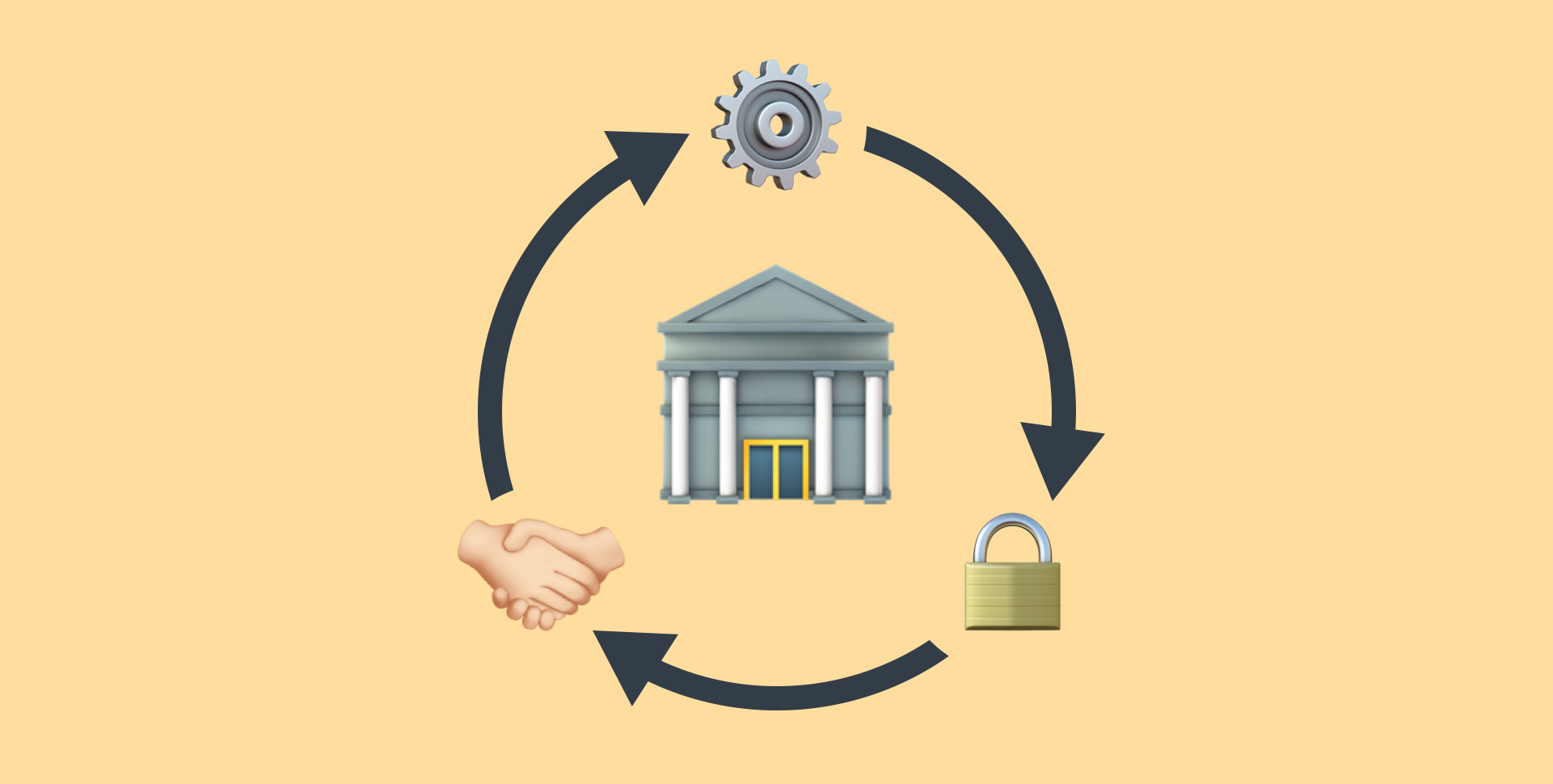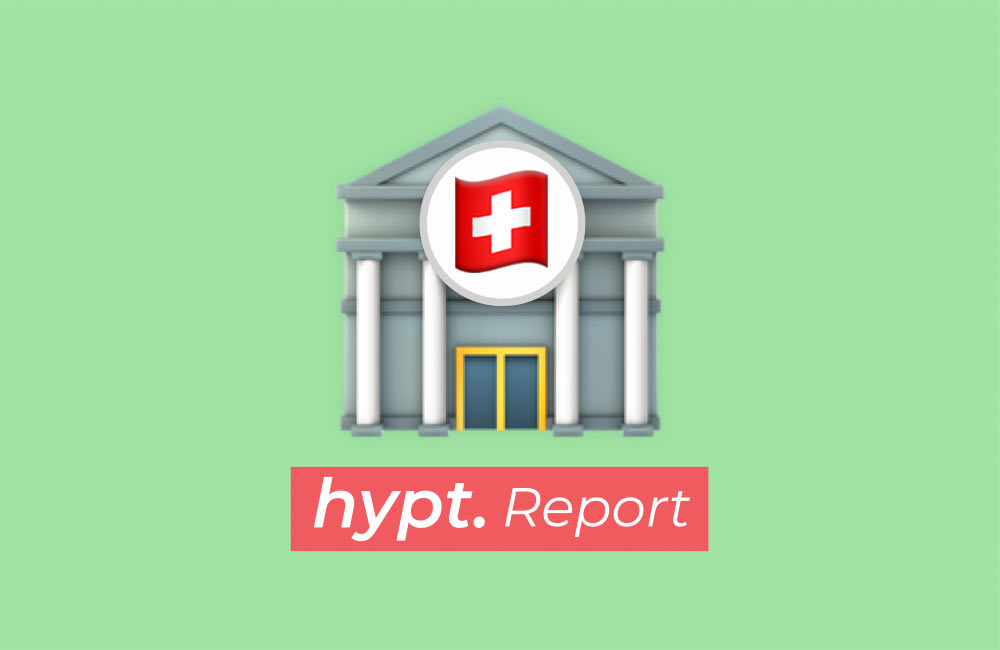The time after the contract is just as important, if not more important, than the conclusion itself. Because even if products often seem interchangeable, the customer relationship determines whether customers stay, recommend or switch.
Many companies invest heavily in sales. But what comes after that? Automated emails, occasional surveys or laborious hotline processes – companies are missing out on important opportunities to differentiate themselves.
At the same time, the price pressure to simplify processes is increasing. No unnecessary tools, no overloaded processes. The principle behind it: Lean after-sales – lean, effective and customer-centric.
“65% of all customers say that a positive After-Sales experience significantly increases their loyalty.“
PWC
What does lean After-Sales mean?
“Lean” means: less effort, more impact. Customers should feel that they are being taken care of – without superfluous steps, forms or system changes. Everything should be simple, clear and sensible.
The most important questions are:
- What does a customer really expect after closing?
- How can I obtain feedback without being disruptive?
- Which processes can be simplified without losing quality?
Particularly in regulated areas such as finance or insurance, communication must not only be effective, but also data protection-compliant and trustworthy.
Three basic principles for better After-Sales
1 Quality instead of quantity
It is not the number of messages that counts, but their content and the right timing.
Targeted, personal contact can achieve more than many automated emails.
2 The entire customer experience counts
After-sales should not be a loose add-on module. It is part of the entire customer journey – without media breaks between channels or teams.
3 Make feedback easy
A good after-sales process doesn’t just ask – it actively invites feedback.
Preferably without registration, compulsory apps or complicated and extensive surveys. This lowers barriers – and encourages honest feedback.
“Companies that regularly obtain structured feedback increase their customer loyalty by up to 30%.“
blobr
What makes After-Sales in the finance and insurance sector special?
In highly regulated industries such as banking and insurance, communication is often complex: data protection, approval processes and documentation requirements set tight frameworks. This makes it all the more important to create simple and clear points of contact – e.g. through:
- Feedback without data storage
- Automated but personal contact moments
- Clear opt-in procedures that create trust
Because: Customer proximity is not created through mass – but through relevance and personality.
Examples of lean After-Sales
Directly after signing the contract:
A brief personal check-in – by phone or email – shows customers that support will continue even after the contract has been signed. Alternatively, a standardized welcome message with specific added value (e.g. “3 tips for getting started”) ensures a smooth start.
During onboarding:
Targeted activation impulses help with getting started – e.g. through brief instructions for use, how-to videos or a direct line to the contact person. This minimizes queries and encourages product use.
In the event of inactivity after opening an account:
Automated, friendly reminders (e.g. after seven days without logging in) can proactively address potential questions or hurdles – ideally combined with a specific offer of help.
After a support case:
Targeted follow-up can have a real impact: for example, by providing further information, suitable additional offers or a link to self-help. Reference can also be made to review platforms.
Targeted touchpoints in the course of use:
After certain interactions – such as the use of a feature – an individual reference to suitable additions or tips is a good idea.
Personal touchpoints at defined intervals:
A check-in without sales pressure signals long-term interest and creates space for genuine feedback – especially for offers that require intensive consultation.
Open mini-surveys for further development:
Short, non-standardized questions such as “What are you currently missing?” or “What could we improve?” often provide more concrete impulses than classic NPS queries.
“Studies show that it is on average 5 to 25 times more expensive to acquire a new customer than to retain an existing one. In addition, a 5% increase in customer retention can increase profits by 25% to 95%.“
Harvard Business Review
Additional building blocks for relevant After-Sales
- Personalized communication: Content and offers that are geared towards the customer’s behaviour, usage or interests – instead of generic mass emails.
- Easy access to help: Quickly available support – e.g. via a support button in the app, live chatbot, short explanatory videos or a callback service.
- Tangible further development: Make customer feedback visible – e.g. through a “What we’ve changed” update or small, documented product improvements.
Measures do not have to be complex – but they should be well thought out, accessible and context-sensitive. They are characterized by a focus on the essentials, automation where it makes sense, personalization despite simplicity, low entry barriers, impact orientation (stronger customer loyalty and early problem identification) and iterative further development through continuous, structured feedback.
Long story short
Lean after-sales is not a reduction to the minimum, but a conscious decision for efficient, relevant and customer-centric communication. Companies benefit when they create customer proximity in a targeted manner – instead of jeopardizing it with complex or overloaded processes.
In the short term, this can save costs – but in the long term, companies avoid costly customer losses.
After all, those who create genuine proximity today will be recommended tomorrow. And that is exactly what makes the difference.





